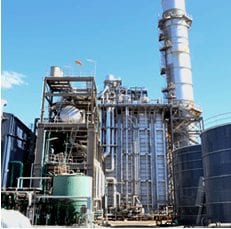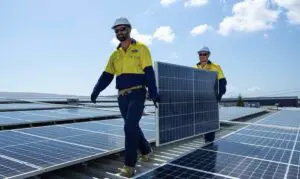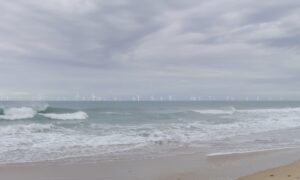A large gas generator hailed by its owners as one of the most modern and efficient in Australia failed on Thursday afternoon, cutting power to more than 130,000 customers in Western Australia, some for nearly an hour.
 The blackout affected more people, and for a longer period, than another major outage in South Australia last November that caused many headlines, including in the Murdoch media (echoed on the local ABC) that wind and solar were not reliable and were damaging the local economy.
The blackout affected more people, and for a longer period, than another major outage in South Australia last November that caused many headlines, including in the Murdoch media (echoed on the local ABC) that wind and solar were not reliable and were damaging the local economy.
When the “wind don’t blow, South Australia don’t glow” was one typical comment by a Murdoch journalist, which sadly forms the basis of lines since adopted by many in the conservative political arena, including federal energy minister Josh Frydenberg.
The Australian Energy Market Operator, which runs the grid, dismissed those claims, noting it was a technical fault with the grid, although the situation was made worse because one local gas fired generator failed to follow market instructions and prolonged the outage for another 30 minutes.
There was no room for doubt about the cause of the blackout in W.A, on Thursday, which occurred around 4.30pm local time because of an as yet unexplained failure at the 320MW combined cycle gas fired generator Newgen in Kwinana.
That caused the frequency to plunge on the network and forced the grid operator, Western Power, to switch off power to protect the appliances in customer homes and businesses.
Western Power’s inbuilt safety mechanisms were triggered this afternoon to protect customers after a major power station tripped off,” the network owner said in its statement.
“To protect customer electricity supply and appliances and limit outages the network’s safety precautions worked as they were designed and began to shed power load.
Blackouts are rare in Australia, and the country prides itself on its high levels of service, which demand that no customer lose more for more than 11 minutes a year.
In a report released last month, AEMO said that in the worst case imaginable, the incidence of blackouts may rise in South Australia to 22 minutes a year within a decade, but in most scenarios wouldn’t change at all.
NewGen says on its website that the Kwinana facility is “one of the most advanced and efficient” intermediate load power station in Western Australia.
“The intermediate load station is capable of supplying approximately 10% of Western Australia’s electricity demand and contributes to the stability of the South West Interconnected System (SWIS) and the reliability of electricity supply in the region,” the company says.
But not 100 per cent reliability. And in that case, it’s no different to grid security than renewable energy. Coal fired power stations fail, and so gas fired power stations. And when they do, they have a bigger impact on the grid than when a turbine stops swinging or a cloud passes over a solar farm. And at least those are predictable.








